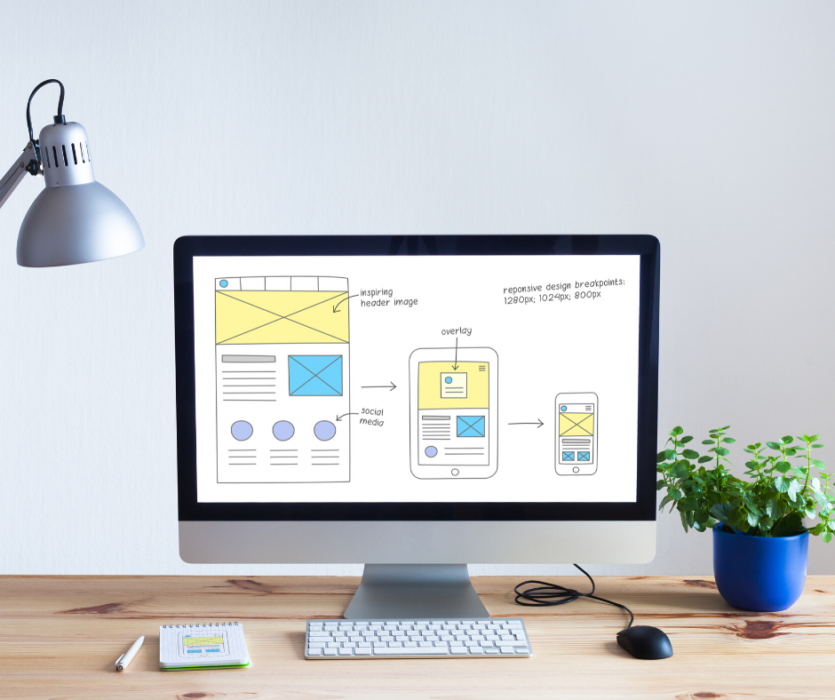
U.S. Department of Justice Issues New Guidelines for Website Accessibility
May 7, 2022
By Anthony Kaylin, courtesy of SBAM Approved Partner ASE
On March 18, 2022, the U.S. Department of Justice (“DOJ”) published guidance on website accessibility specific to how state and local governments (Title II of the ADA) and “public accommodations” (Title III of the ADA) can remove unnecessary barriers that make it difficult or impossible for people with disabilities to use websites.
The DOJ discusses the diversity of the users and why accessibility matters. The guidance says that “[p]eople with disabilities navigate the web in a variety of ways. People who are blind may use screen readers, which are devices that speak the text that appears on a screen. People who are deaf or hard of hearing may use captioning. And people whose disabilities affect their ability to grasp and use a mouse may use voice recognition software to control their computers and other devices with verbal commands.”
The DOJ raises a variety of issues that users have. For example, the guidance explains that poor color contrast impacts individuals with limited vision or color blindness preventing them from reading text when there is not enough contrast between the text and background (for example, light gray text on a light-colored background). Another example is not having captions on videos where individuals who are hard of hearing or deaf may not be able to understand the information communicated.
Although the DOJ did not provide specific instructions as to what would be acceptable or not, it did refer to the Web Content Accessibility Guidelines (WCAG) and Section 508 Standards as helpful guidance for accessibility of website features. It also provided specific examples of what would be “good” accessibility.
The DOJ was more specific as pointed out by Caren Decter of Frankfurt Kurnit Klein & Selz in identifying the following examples of what businesses should do to make websites accessible:
- Color contrast in text. Sufficient color contrast between the text and the background allows people with limited vision or color blindness to read text that uses color.
- Text cues when using color in text. When using text color to provide information (such as red text to indicate required form fields), including text cues is important for people who cannot perceive the color. For example, include the word “required” in addition to red text for required form fields.
- Text alternatives (“alt text”) in images. Text alternatives convey the purpose of an image, including pictures, illustrations, charts, etc. Text alternatives are used by people who do not see the image, such as people who are blind and use screen readers to hear the alt text read out loud. To be useful, the text should be short and descriptive.
- Video captions. Videos can be made accessible by including synchronized captions that are accurate and identify any speakers in the video.
- Online forms. Labels, keyboard access, and clear instructions are important for forms to be accessible. Labels allow people who are blind and using screen readers to understand what to do with each form field, such as by explaining what information goes in each box of a job application form. It is also important to make sure that people who are using screen readers are automatically informed when they enter a form field incorrectly. This includes clearly identifying what the error is and how to resolve it (such as an automatic alert telling the user that a date was entered in the wrong format).
- Text size and zoom capability. People with vision disabilities may need to be able to use a browser’s zoom capabilities to increase the size of the font so they can see things more clearly.
- Headings. When sections of a website are separated by visual headings, building those headings into the website’s layout when designing the page allows people who are blind to use them to navigate and understand the layout of the page.
- Keyboard and mouse navigation. Keyboard access means users with disabilities can navigate web content using keystrokes, rather than a mouse.
- Checking for accessibility. Automated accessibility checkers and overlays that identify or fix problems with your website can be helpful tools, but like other automated tools such as spelling or grammar checkers, they need to be used carefully. A “clean” report does not necessarily mean everything is accessible. Also, a report that includes a few errors does not necessarily mean there are accessibility barriers. Pairing a manual check of a website with the use of automated checkers can give you a better sense of the accessibility of your website.
- Reporting accessibility issues. Websites that provide a way for the public to report accessibility problems allow website owners to fix accessibility issues.
It is more important today than in the past to ensure accessibility of the website, whether in general or the career page. Fly by night lawsuits are the rage in the disability arena, and lawsuits around website accessibility are the fastest growing in the ADA arena.